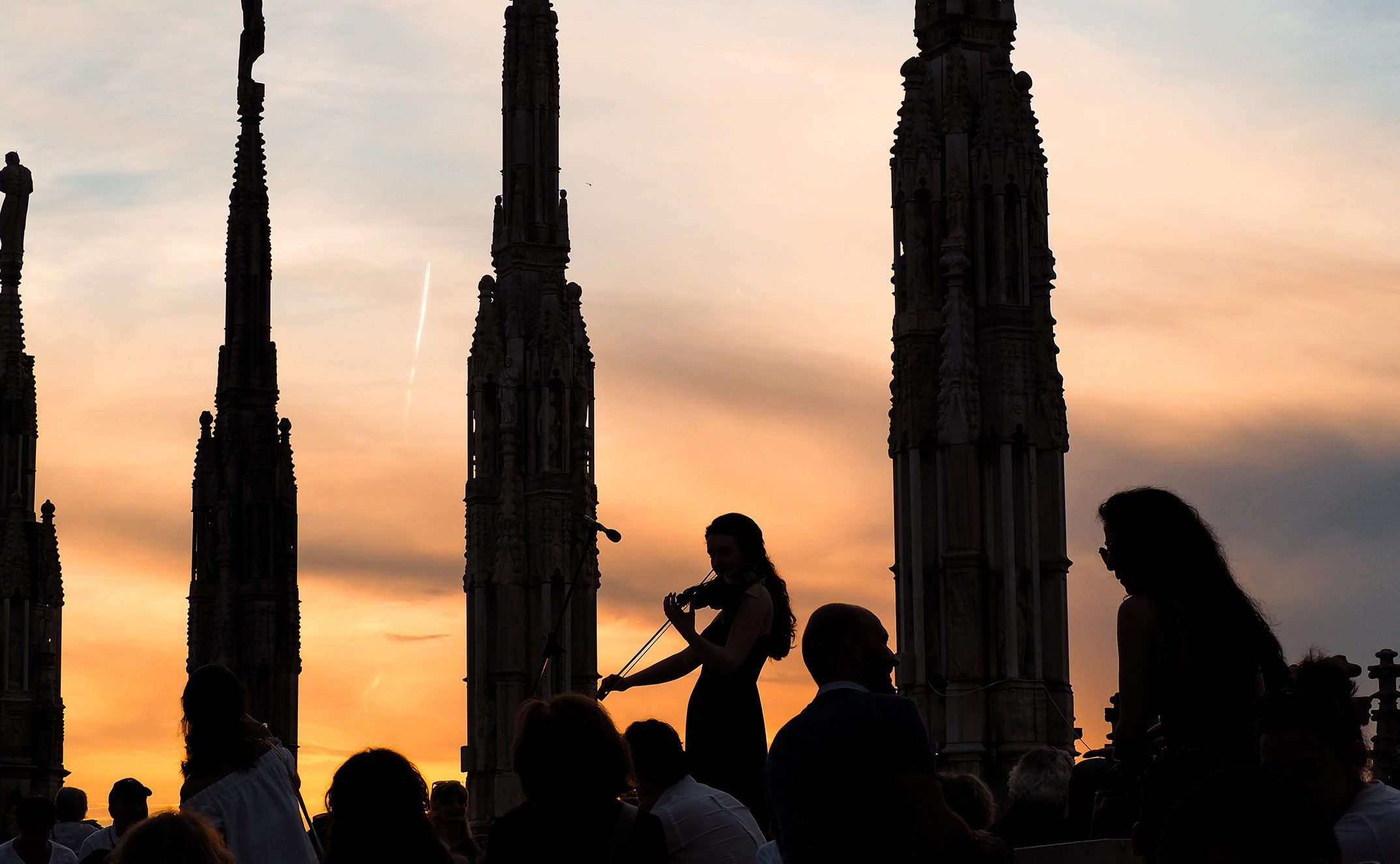This is the last Spire on the North side, before the Duomo shows itself on its monumental West façade. The statue shows a young man partially clothed in a tunic, with a shoulder strap and who appears to be holding something in his left hand: a weapon, a torch, a staff; elements that would have told us whether he is a warrior, a martyr or a shepherd. He looks westwards, from where the Favonius, the warm down-slope wind, blows down from the Alps bringing rain to Milan, but also milder temperatures. It is the spring wind. The name Favonius originates from the Latin verb favēre, meaning to “favour growth”, because it alternately wets the fields with rain and bathes them in sun, thus ripening the grain. The Ancients believed Favonius to be the son of Astraeus, the Titan god of the stars, and of Eos, the dawn. It is said that he lay with the harpy Celaeno, and that Balius and Xanthus, Achille’s immortal horses, swift as the wind and fearsome as the harpies, were born from this union. Perhaps the Saint of the Favonius is thinking of these stories, when the wind ruffles his hair carved in stone. He witnesses the seasons of passage, winter turning to spring, life-bringing rain, the never-ending changes to which we are subjected. Cyclic existence.
SAINT OF THE FAVONIUS

This spire was adopted by:





 Tiburio
Tiburio

